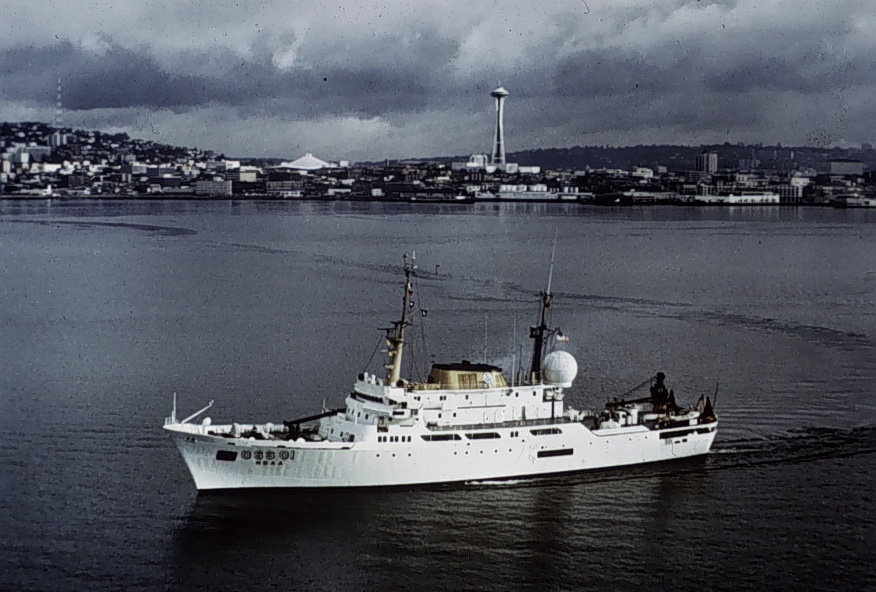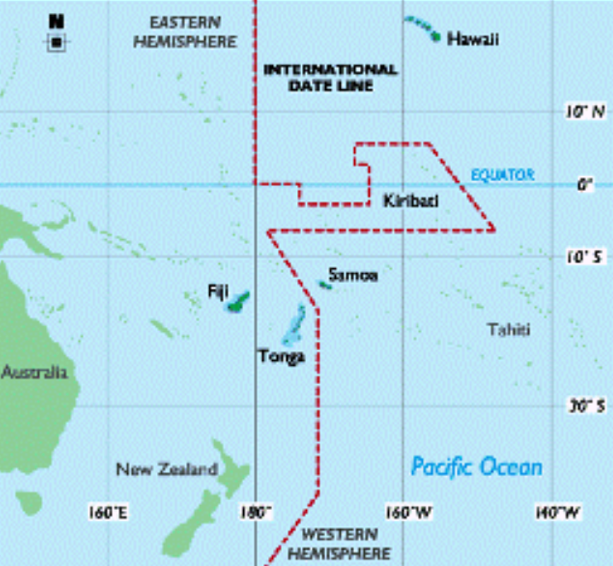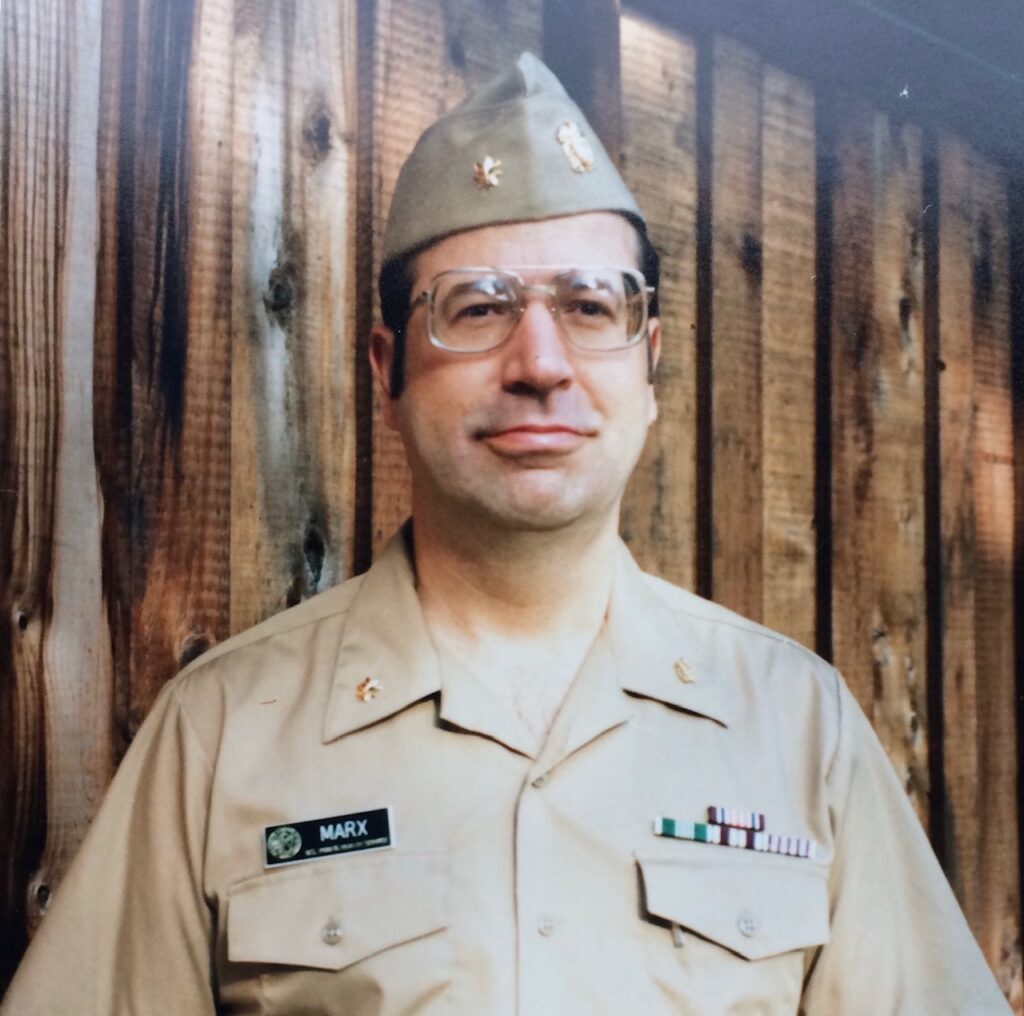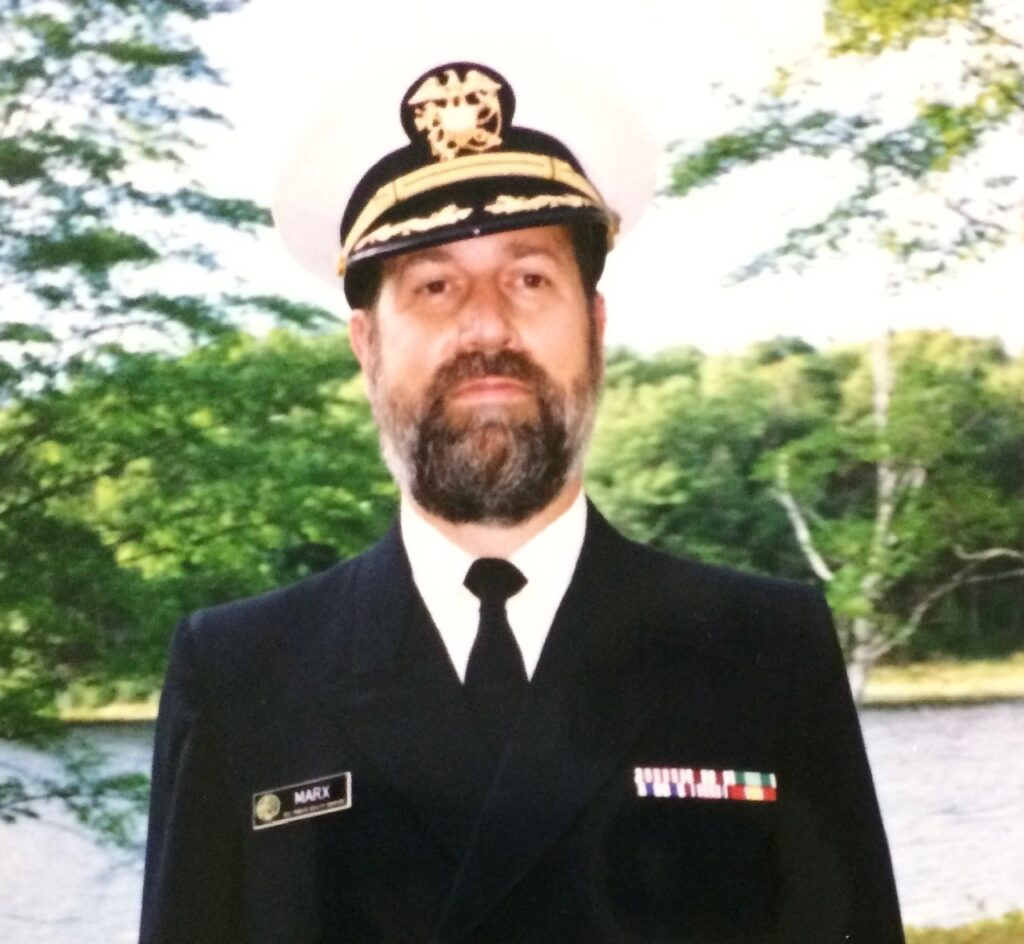Memories of Serving as Medical Officer Aboard a NOAA Vessel in the Late 1980s

NOAAS Oceanagrapher. Public Domain.
My month on the NOAAS Oceanographer (R 101) in the South Pacific was indeed most memorable. I still have my file from that adventure, which was in the late 1980s, maybe 1987 or ‘88.
The USPHS called for volunteer physicians from the Commissioned Corps and the Clinical Director at Mt. Edgecumbe Hospital where I served in Sitka approved my TDY.
That voyage started in Dutch Harbor, coming down the International Date Line and eventually going through the Panama Canal into the Caribbean. Each segment had a different Ship’s Surgeon. The Metlakatla doc was on board from Dutch Harbor to American Samoa. I joined the ship on the month-long leg between Samoa and Hawaii.

Map of waters between Samoa and Hawaii around the International Date Line: https://patriciahysell.wordpress. com/2011/07/04/international-date-line/
From Samoa we ran North to the equator and did STDs every degree along it. Salinity, Temperature and Depth. The ship retrieved several buoys anchored in 5,000 meters (yes, meters) of water depth and deployed several of those buoys. They also did some battery change-outs on other buoys.
They refused to let me go on any of the small boat buoy visits because it was “far too dangerous” for an inexperienced land-lubber doctor who hadn’t been at sea very long.
When we stopped at night to do the STDs, many of the off-duty crew got out their fishing rods, so, we frequently had fresh calamari. Also the anchored buoys acted as FAD (Fish Aggregating Devices), so fresh tuna would be on the menu.
I did become a card-carrying Shellback during the “Crossing of the Equator” initiation.
There were 25 scientist members, about 25 to 30 able bodied seamen and a dozen or so NOAA Commissioned Officers.
We did dive operations along the way to test different drifter buoy designs, to see which design would flow best with the ocean current and not lag behind. Orange dye would be deployed up-current of the drifter and video was taken to see how long it took the dye to catch up to the drifter and flow through it.
There were 2 “birders” on board who would sit on top of the highest forward point of the pilot house and count birds for 8 to 12 hours a day every day. Each one would take a 90° arc to count as we traveled. It’s amazing how many birds there are thousands of miles from land.
~ By William J. Marx, Commander (Retired) US Public Health Service

Photos of William J. Marx as LCDR Credit: Diane Marx

Photos of William J. Marx as CDR Credit: Diane Marx
